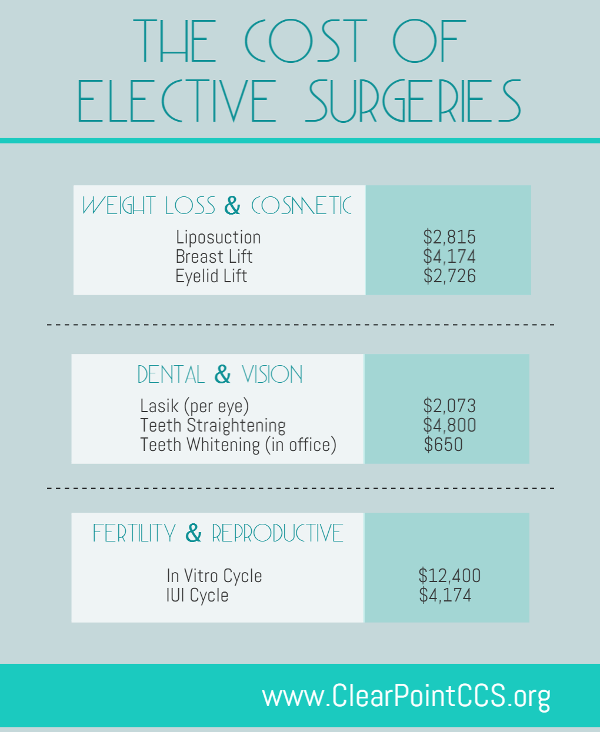Benzoyl peroxide kills microorganisms that create acne and aids remove excess oil. It also helps decrease the appearance of dark places that stick around after acnes clear.
Miss ingredients that clog pores, like mineral oils, and choose moisturizing components that assist smooth skin. Try to find these 4 best anti-acne ingredients.
Willow Bark Extract
Willow bark extract is a natural resource of salicylic acid. When utilized at aesthetic focus, it can create a comparable result as artificial salicylic acid without its drawbacks (mainly irritation).
The extract includes prodrug salicin, which is quickly metabolized to the energetic substance, acetylsalicylate. Its anti-inflammatory and analgesic results come from this metabolite, along with other chemical elements of the plant such as phenolic acids, flavonoids, and polyphenols.
It likewise has sedative residential properties, that make it efficient in dealing with persistent pain and rheumatic conditions such as osteoarthritis. Nevertheless, since it includes chemicals that imitate aspirin, people who have a recognized hatred pain killers need to stay clear of willow bark supplements. It can additionally interact with a variety of drugs, consisting of pain killers and other nonsteroidal anti-inflammatory medications (NSAIDs) and cyclooxygenase inhibitors, such as ibuprofen (Advil, Motrin), and may raise the risk of belly blood loss. It can additionally connect with some diuretics (water tablets) and can raise blood degrees of specific drugs, such as phenytoin (Dilantin).
Kaolin
Long prior to AHAs, BHAs and plenty of various other components, charm enthusiasts turned to one of one of the most effective active ingredients to help avoid breakouts: kaolin. Kaolin clay is normally adsorbent, which aids to draw excess oil and pollutants from skin. It is utilized in makeup, cosmetics, medspa body therapies, and as a gentle abrasive in tooth paste. It's likewise utilized in veterinary medical items to treat gastrointestinal issues and in plasters for dealing with wounds.
This mineral clay can be white, yellow, pink or red (red kaolin indicates a high focus of iron oxide) and is commonly mixed with eco-friendly tea leaves to create a calming face revision skin care mask. It can additionally be discovered in facial cleansers and is especially helpful for those with combination or oily skin.
Geige recommends looking for simple solutions without pore-clogging components, such as alcohol, which can cause your skin to overproduce oil in an effort to make up, resulting in breakouts. Instead, try to find a product which contains fatty alcohols like cetyl or shea, as these are much less drying out.
Sodium Ascorbyl Phosphate (Vitamin C).
Sodium Ascorbyl Phosphate (or SAP, for short) is the "badass natural acne therapy" no person's talking about. It's a water-soluble form of Vitamin C that can be used in higher concentrations than its older sibling, L-Ascorbic Acid, without becoming unstable or oxidizing rapidly.
Research study shows that it has antioxidant residential or commercial properties and can help reduce discoloration. It can also be effective at rebalancing sebum production and combating acne-causing germs.
Professionals agree that skin with acne ought to be treated with ingredients that both scrub and relieve. Search for products that consist of alpha and beta hydroxy acids (AHAs) to break down dead skin cells and unblock pores, along with anti-inflammatory active ingredients like niacinamide. Additionally, look for oil-free, non-comedogenic moisturizers that do not block pores. You'll likewise wish to integrate ingredients that work at eliminating germs, such as zinc sulphate and benzoyl peroxide. Finally, don't utilize ingredients that contain occlusive agents, such as dimethicone and cyclomethicone, which can develop a greasy film on the skin and clog pores.
Aloe Vera.
There are a handful of clinically proven ingredients-- like salicylic acid, benzoyl peroxide, retinoids and niacinamide-- that have been revealed to assist treat acne by unclogging pores, eliminating germs, managing oil and accelerating skin cell turnover. Even more all-natural options like tea tree oil and aloe vera additionally have antimicrobial, anti-inflammatory and relaxing homes.
Referred to as the 'plant of immortality,' Aloe vera is a deep environment-friendly cactus-like plant which contains a gel inside its leaves and can be found in sunburn solutions, aesthetic products and tonics that advertise intestinal health. Yet the plant is likewise renowned for its pharmacological and medical properties, and researchers at the Royal Botanic Gardens in southwest London are investigating its several declared healing benefits-- including the anti-inflammatory property of the gel inside the fallen leave, the capability to manage blood glucose and cholesterol levels and its function as a reliable melt wound therapist. They are likewise delving into the plant's transformative history to identify what other plants it may be very closely related to that can share some of its valuable residential or commercial properties.
